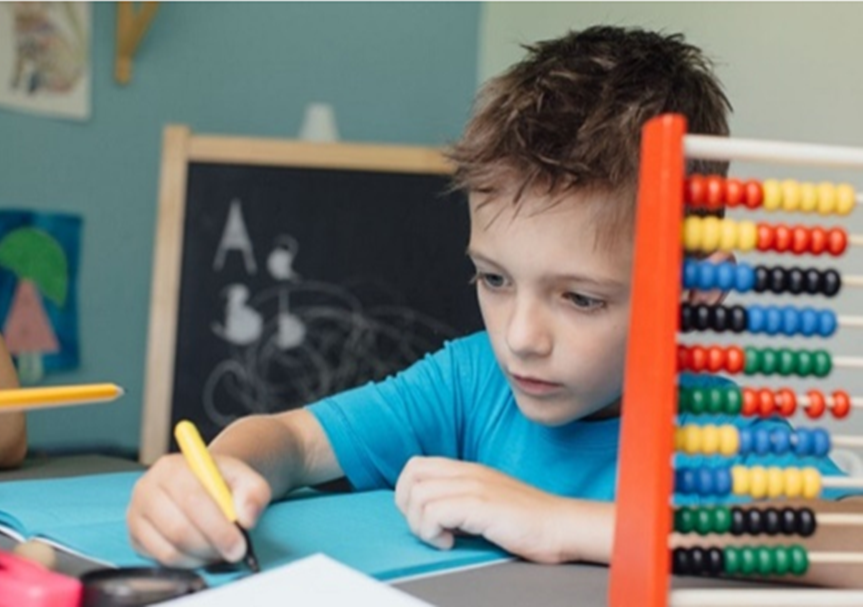After the sudden rise of online education due to the Covid-19, several educators assume that student incorporation requires screen time for students. However, that’s not always the situation. Elementary students can learn through different collaborative physical activities, and not on a laptop or tablet.
The finest way to define computational thinking is to look at the way a computer deliberates. This is essentially the most significant concept a schoolchild learns through computers or laptops or tablets. It is a logic and problem-solving method that sets aptitudes like determination and collaboration with ideas like algorithms and loops.
Additionally, the International Society for Technology in Education (ISTE) has established a set of guidelines to aid educators to integrate computational thinking across the set of courses.
The ultimate draft of ISTE’s STEM teaching plans cover the 5 different parts teachers play in the classroom:
- Learner
- Equity Leader
- Collaborator
- Designer
- Facilitator
Unplugged computational thinking activities require zero screen time. Students will then use their senses to visualize their dream and draw their ideas. Learners will also be able to pronounce different ways to communicate an idea.
Computational Thinking Ideas
Unplugged activities are one of the many ways to teach computational thinking. These are specifically designed to be steered offline, away from devices through thought exercises, movement, and collaboration.
Screen-Free Robots
A great way to teach computational thinking is physical computing through robotics. It is motivating, collaborating, collective, and tangible. When students see their robot moving, it makes coding ideas and methods more tangible than they are onscreen.
Nowadays, there are several educational robots that have sensors that can read students’ code in diverse formats but do not need a computer or tablet to program. You may try Kibo which has numerous accessories and can record sounds, light up, and sense distance.
Literature
You can explore various picture books that focus on computer science along with computational thinking through story telling. Hello Ruby from Linda Liukas’s is one of the most popular series.
Each colourful episode discovers innumerable concepts and has many unplugged activities for students to practice. By practicing computational thinking skills, learners can learn perseverance.
Physical Movement
Computational thinking can increase cognition with physical activity through different logic games and movement.Try Uncharted Territory game where the aim is to get the entire group across the web to safety.First, a pupil programmer plans a specific path across the grid on a piece of paper. Other students start at a starter square and try one at a time to move square by square across the grid until they take a wrong step off the programmer’s trail.
Then the programmer sends them to the end of the line. Watching considerately from the side, the apprentice explorers try to remember the trail their group members took before them. Explorers can help each other, but they can’t use verbal communication—only hand signs or directional cards can be used.
Studies have shown that children between ages 3 and 8 spend four hours and 36 minutes of daily “screen time.”At this age, kids start to learn reason and effect, thus, creating categorizations that narrate things which they know well can aid them to start thinking of logic and programming in a new completely screen-free way.
Computational thinking has quite a lot of benefits for children counting:
- Starting the foundations of coding, the language of the future
- Safeguarding sensory with motor development
- Fostering creative expression
- Teaching the problem-solvingart
- Refining algorithmic and sequential skills
- Enhancing perseverance
- Learning by doing
- Evolving analytical skills with logical thinking without resorting to a screen
- Adding fun and entertainment
- Teaches children how to think
- Helps children learn how to have fun with math
As technology is avital part of our current lives and our future,hence, kids should understand how a particular software is made and develop logical thinking to assimilate easily.
The Bottom Line
Certainly, growing up in a digital world, computational thinking for preschoolers is just as imperative as it is for them to learn to read and learn math.The best part is you don’t even need a computer for different unplugged preschool computational thinking activities. Usually, it is best to introduce through fun hands-on games.Therefore, 21st Century Teacher Training Courses prepare teaching professionals for the future.
Do you know any other preschool computational thinking activities that can develop skills for children? Let us know, we would love to hear from you!




